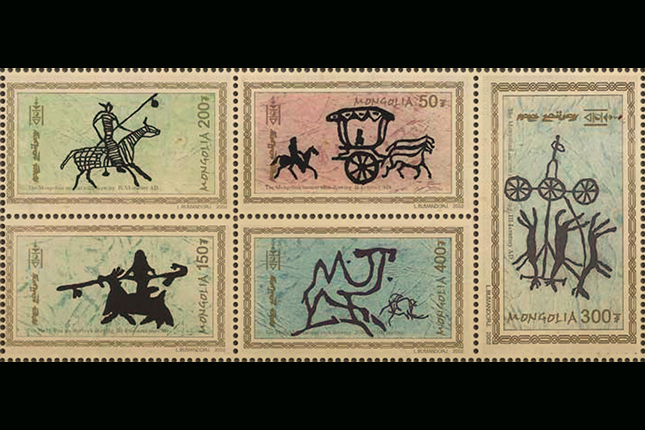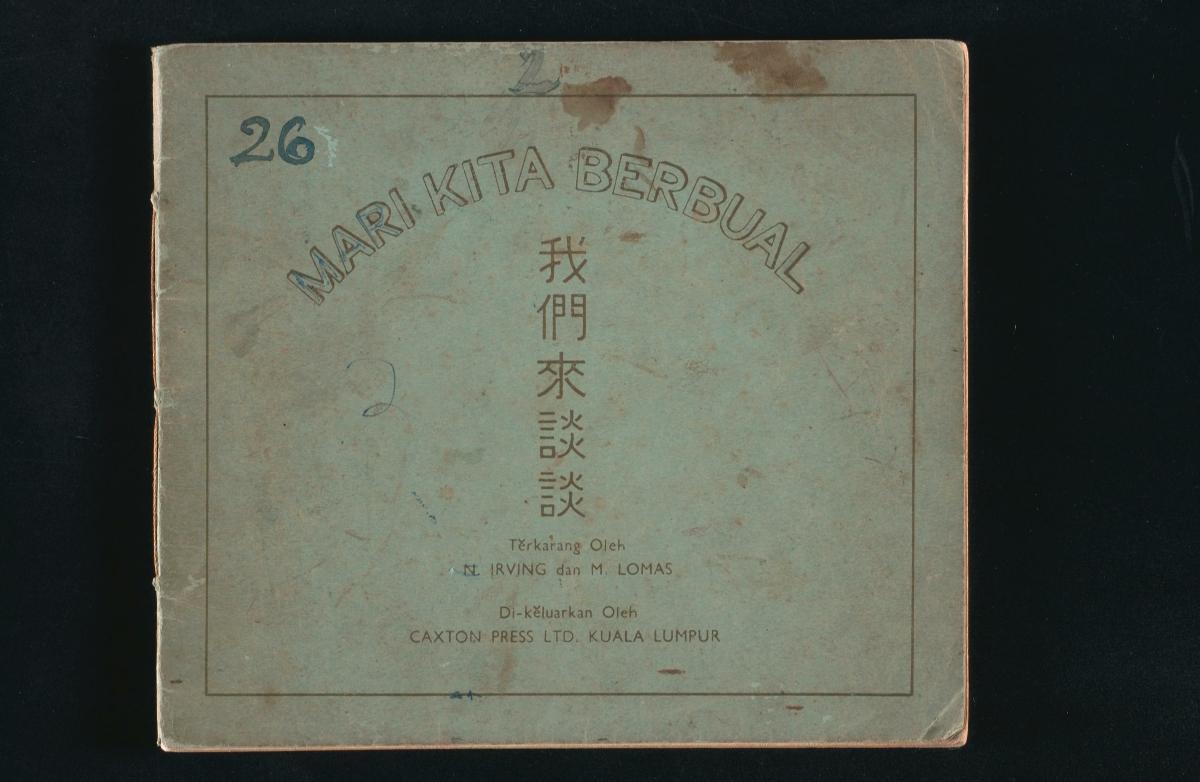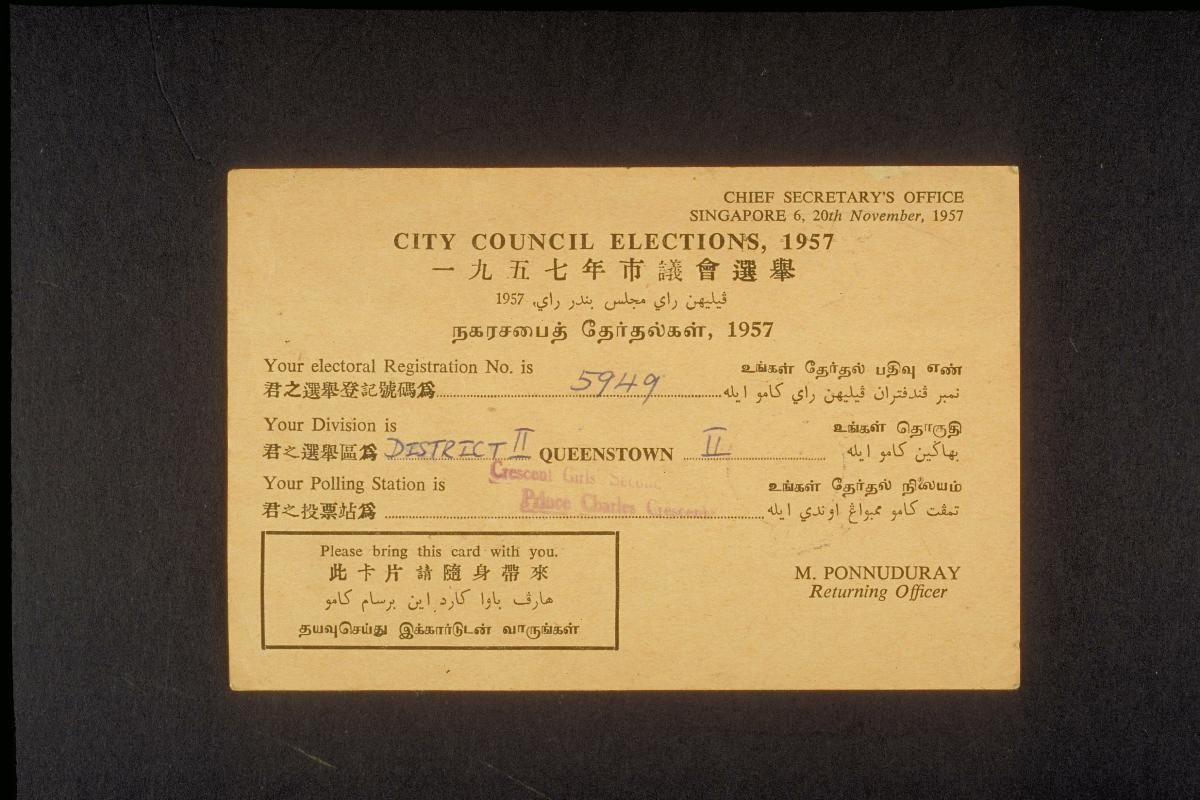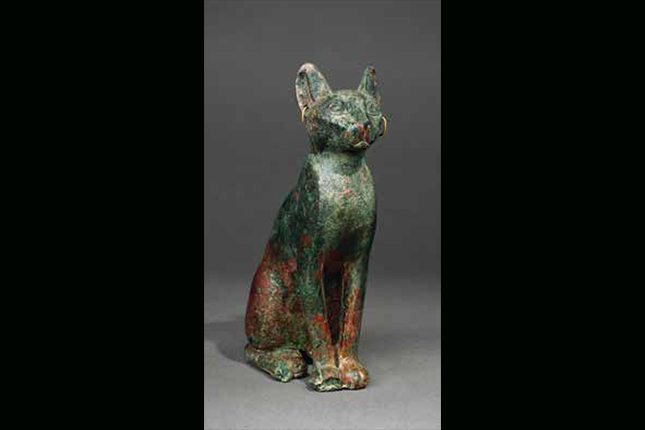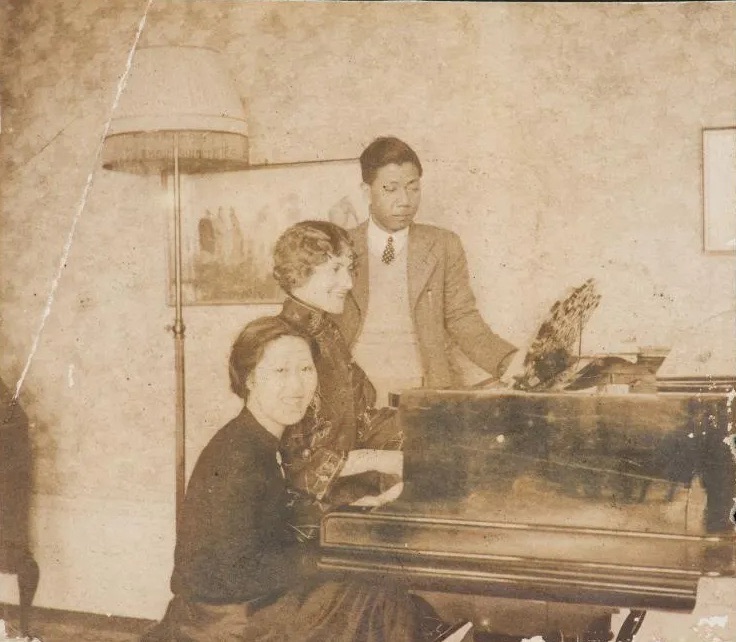TL;DR
What is communication? The word originates from the Latin term communicare, meaning to “share” or “make common”. By exploring the development of communication, we can chart mankind’s progress across the fields of science, history and technology.
Text by Chua Mei Lin
BeMuse Volume 4 Issue 3 - Jul to Sep 2011
What is communication? The word originates from the Latin term communicare, meaning to “share” or “make common”. By exploring the development of communication, we can chart mankind’s progress across the fields of science, history and technology.
Before the advent of writing, men gathered to narrate stories and exchange ideas. Some daily routines and annual occurrences were recorded on walls, stones and bones. Later, the written and printed word encouraged learning and more people participated in this form of communication. With a little help from electricity, words were then transmitted over greater distances.
The tools of communication have gone through amazing transformations. Without missing a step, we call, email or text each other. Communication engages people and it draws the world closer. In Message Me, a 2011 exhibition at the Singapore Philatelic Museum, we reflected on men’s ingenuity in overcoming obstacles in the effort to share and in keep in touch.
Cuneiform and Hieroglyphs
In the prehistoric era, men communicated by speaking. Individuals talked to other people around them but not to those who were far away. A man could use his memory to store some information for the future but he had no way of saving it in other forms. To preserve the stories they knew, early man drew simple pictures on cave walls. Over time, these images became more detailed and complex and started to represent animals and objects encountered by early men. This was the beginning of writing.
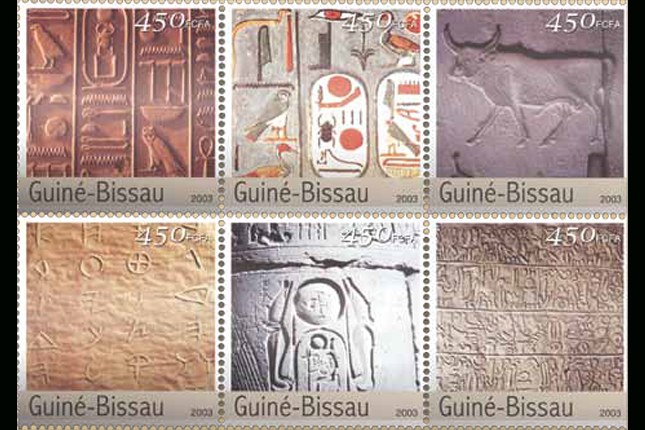
Clay remnants found in the Mesopotamia region show shapes of animals, food and clothes. Some of the earliest forms of writing can be traced to the Sumerians of Mesopotamia around 3,000 BCE. Clay was an early writing surface but it was not easy to use. Depending on the writing tool used, the lines could be of different thicknesses.
Instead of curves, wedge-shaped lines were used. This wedge-shaped writing is known as cuneiform script.
When cities were first built, their inhabitants began to specialise in different fields of work. Some became farmers or herders of animals, while others worked as craftsmen making pottery and baskets. Traders helped to exchange goods. Very often, the products of one city were traded in other towns. To keep track of these items and their movements, early traders used clay tablets to record their goods.
Hieroglyphic script appeared in Egypt around 3,100 BCE. The ancient Egyptians started with pictograms (picture signs) and phonograms (sound signs).
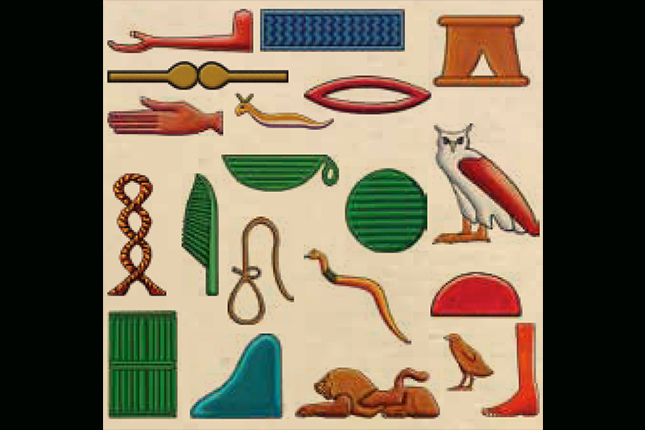
Ideograms – signs that represent ideas or things – were introduced later.
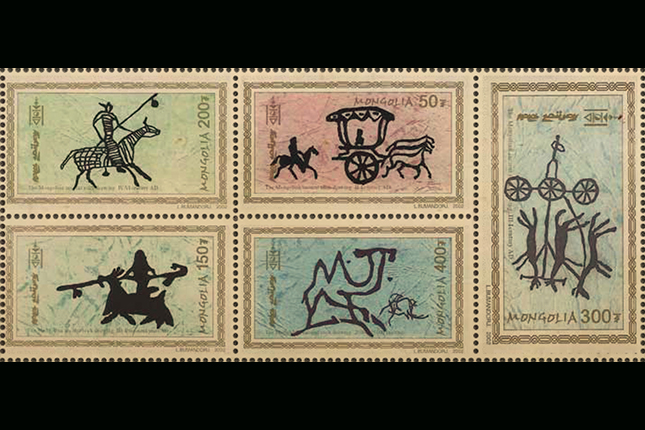
For a long time, nobody could translate the hieroglyphs until the discovery of the Rosetta Stone in 1799 by a French soldier with Napoleon’s army in Egypt. It took Frenchman Jean-François Champollion 15 years before he made the connections and deciphered the hieroglyphs in 1822.
Alphabet and Writing
Not everybody can draw, and given the sheer number of things to be represented, the alphabet was invented. The alphabet is a selection of consonant and vowel sounds which form words when strung together. The English language, for instance, comprises words made up of 26 letters. The Chinese written language uses nine basic strokes, but when combined, these create a vocabulary of more than 100,000 characters. In its simplest form, the Tamil language has 12 vowels, 18 consonants and one special character.
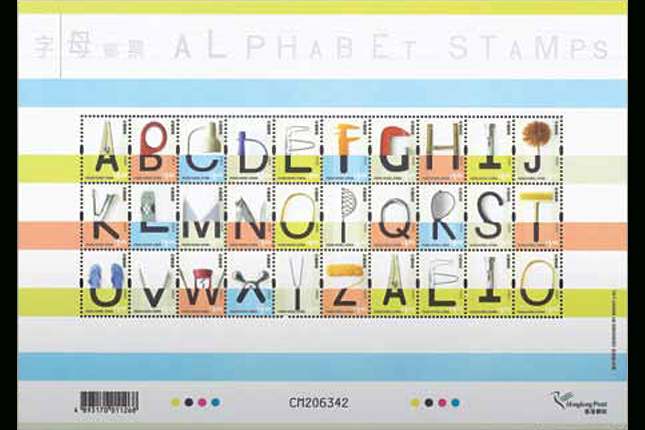
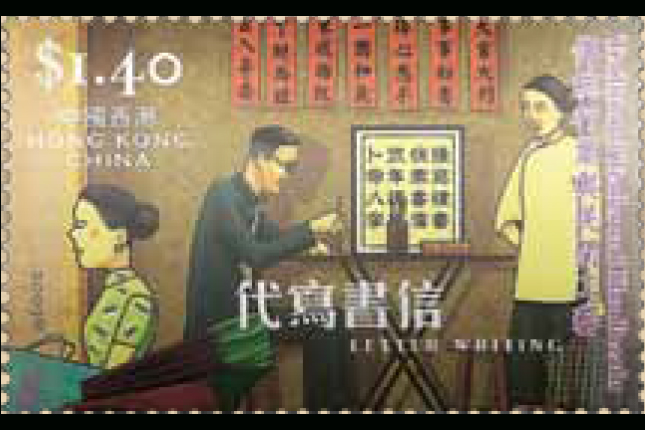
What did man use to write in the early days? During the Stone Age, men wrote on pre-existing materials such as rocks, bones and cave walls. Clay tablets later provided a handy surface but were heavy and required laborious preparation before they could be used. The ancient Egyptians used papyrus, a paper-like material made from the pith of an aquatic sedge native to the Nile River. In the Middle Ages, leather and parchment made from animal skin were used for manuscripts. Around the 2nd century CE, Cai Lun, an official at the Chinese court of Emperor He of the eastern Han dynasty, invented paper. Europeans learnt about paper much later in the 12th century when the Venetian Marco Polo visited China.
To write, the ancient Egyptians used the trimmed ends of reeds. Metal styluses were used in the Roman Empire, but due to an alarmingly high number of stabbings, they were banned and replaced by bone and ivory tools. In the Middle Ages, writing was done using quill pens obtained from duck and goose feathers. A scribe would dip the sharpened end of the quill into a jar of ink, tap off the excess ink and put quill to paper. As quills wore out very quickly, some people turned to more lasting materials such as horn and tortoiseshell.
Much later, the Briton Samuel Harrison crafted pen points of metal in 1780 and this marked the birth of modern steel pens. The fountain pen was patented by Lewis Edson Waterman, an American, in 1884. With an internal reservoir of ink, this tool advanced the art of writing to a new level. In 1945, the Hungarian László József Bíró invented the portable and disposable ballpoint pen.
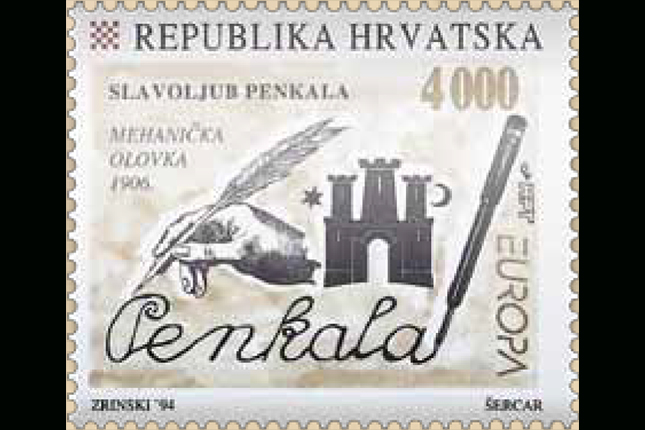
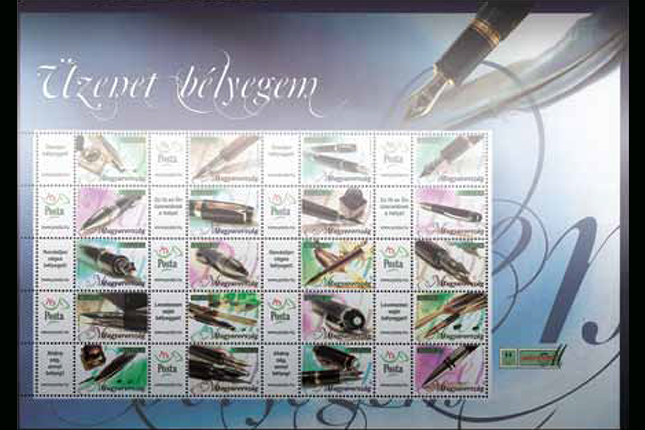
Letters of Note
Ever since writing was invented, letters served to bridge distances between people. Letters nurtured relationships, maintained friendships, conveyed condolences and best wishes, and even provided missing pieces of information for historians and biographers of notable personalities.
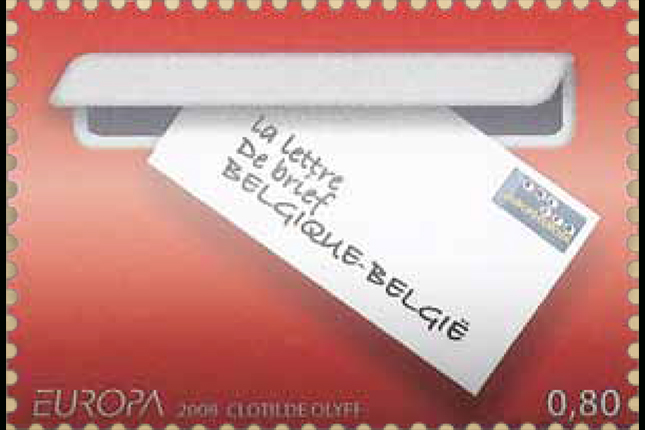
Some letters are serious and historic. For example, the physicist Albert Einstein wrote to US President Franklin Roosevelt in 1939 to warn him of the German government’s interest in developing atomic weapons. This letter prompted the formation of an Advisory Committee on Uranium and the start of America’s nuclear research programme.
How much is a love letter worth? A lot if you are John Keats, the great English poet of the Romantic Period. In March 2011, one of Keats’ love letters to his fiancée Frances (Fanny) Brawne fetched £96,000 at an auction in London.
Letters also provided a means of communication for early migrants. In the 1800s, many Chinese men landed in Singapore to seek jobs. These manual workers and coolies were mostly illiterate. Letter writers were in great demand by migrants who wanted to send money and messages back to their families in China. These letters provided an essential lifeline and a source of comfort for the workers.
Printing and Typing
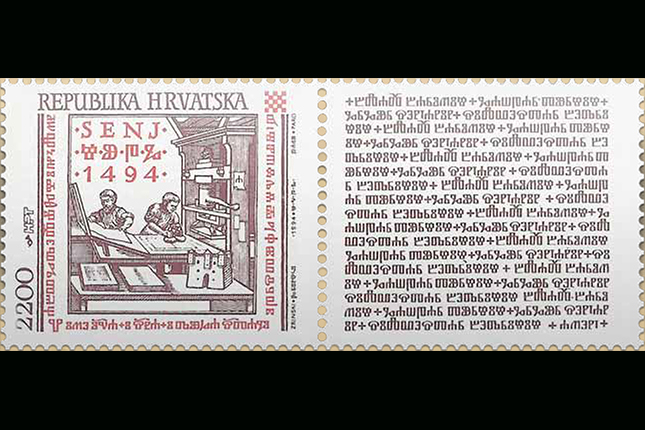
Before the invention of the printing press, books were written by hand. This made books very special and expensive. The Chinese invented block printing some time in the 8th century. To make copies, pictures and text were carved on wooden blocks. The blocks were first coated with ink and a piece of paper was laid the surface and pressed to transfer the contents of the print. In the 11th century, Pi Sheng, a Chinese, made individual clay types, the world’s first movable type. A movable type consists of individual letters or characters that can be assembled and rearranged to form different words and texts. Pi Sheng’s clay types, however, broke easily and the sheer number of characters in the Chinese language made it impossible to carve enough types.
In 1450, the German Johannes Gutenberg developed movable metal types for printing. Using this method, he invented a press that was used to create the first printed book, the two-volume Gutenberg Bible. Printing revolutionised communication. As books became affordable and common, more people learnt to read and write and the dissemination of new ideas, discoveries and information became faster and more widespread.
The typewriter was invented by Christopher Latham Sholes, an American newspaper editor, in 1868. The original keyboard, with a layout commonly known as QWERTY, is still in use today. This arrangement of the letters on the keyboard prevented typists from working too fast, which caused the keys on the machine to jam. Confusingly, the first people who used Sholes’ invention were also called typewriters. Only later were they known as typists.
From Poniesto the Penny Post
In the old days, only royalty, religious leaders and the very rich could afford to send letters. Runners were employed to carry the letters. Later, horseback riders covered greater distances and achieved higher speeds using a relay system with fresh horses at regular stations. The most famous of these was the Pony Express of the American West. Another courier of correspondence and probably the earliest form of airmail was the carrier pigeon, which ferried messages attached to its legs or tail.
Ordinary people relied on the goodwill of travellers to carry their letters. Sometimes, the letters failed to reach their destination. As more people became literate and communicated with each other, the penny post was introduced in 1683. For a penny, the London penny post would convey messages anywhere within the city of London. This was the beginning of a postal service for the masses.
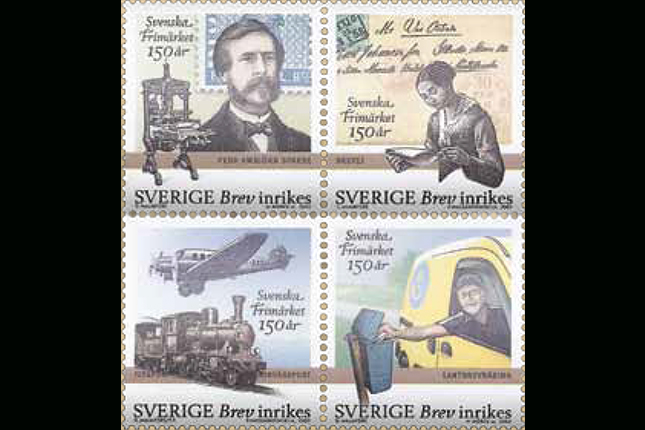
Very few people in ancient times knew how to read and write, including kings and queens. Scribes, people who specialised in writing, therefore played a very important role in ancient civilisations. They took note of offerings made at temples, recorded tributes paid to the rulers, wrote contracts and accounts for traders, penned wills and generated official correspondence.
In the Middle Ages, under the patronage of kings, wealthy nobles and powerful religious orders, scribes documented historical events, judicial and legal records, and copied books and sacred texts. But with the invention of printing in the 15th century, these professional writers soon lost their importance.
Smoke and Mirrors
Signals are messages communicated without words. Like doorbells and sirens, they usually convey only one simple message. Primitive tribes sent messages by beating drums which could be heard at a distance by other tribes. Signals that use visual means include smoke, fire and light. Native Americans used blankets to control the smoke over a fire as a method of sending messages to distant tribes. On a good day, these signals could be seen from afar. But this technique was not possible on windy days or at night.
Another way of sending messages was to reflect sunlight on mirrors. As early as the 5th century BC, the Greeks were already using sunlight reflected on metal mirrors to convey signals. In 1867, British Royal Navy Captain Philip Colomb introduced the use of a lantern to send messages from ship to ship. A few years later, the British inventor Arthur Aldis built an electrically powered signal lamp which was faster and brighter. Light continues to be a warning system in functions such as lighthouses and traffic lights.
Flying the Flag
Semaphore signalling uses an alphabet-based flag system. A signal man holds up two bi-coloured flags to indicate alphabets, numbers or a universal standard code. Naval communication flags have been used since the days of Christopher Columbus when he explored the New World.
Ensigns are national flags displayed by ships to show their origin and status: friend or foe. Naval signal flags are governed by the International Code of Signals. Ship crews of all nationalities understand and use this universal messaging system. During Singapore’s early years, flags were flown at Fort Canning. They signalled the arrival of a ship with mail. A red ensign indicated the arrival of European ships while a yellow flag stood for ships from China. In the night, residents were informed of arriving mail by the firing of a gun.
The Birth of Modern Telecommunication
In the 1830s, the American inventor Samuel Morse devised the telegraph system and this marked the beginning of modern long-distance communication. Using electric currents to represent letters or numbers, an operator taps on a transmitter to produce short or long buzzes. A short buzz is called a dot and a long one is called a dash. Combined, these dots and dashes spell out a message. The most famous is the universal code dot-dot-dot, dash-dash-dash, dot-dot-dot for “SOS” in emergencies.
In Britain, the first successful telegraph line was built in 1837 by William Cooke and Charles Wheatstone. This system was originally used by railway operators to send messages to stations about train services. Later, underwater sea cables connected continents. The first telegraph link using this method was between Britain and France in 1850. A submarine telegraph link was eventually laid out between Europe and America after many unsuccessful attempts.
Several inventors in America and Europe were developing the telephone at around the same time but it was Alexander Graham Bell who made the breakthrough in 1876. Bell allegedly cried, “Mr Watson, come here. I want you” when he spilled battery acid on his clothes. His colleague Thomas Watson, who was in the next room, heard Bell’s voice over a wire. Thus the telephone was invented.
Today, instead of wires, our voices are converted into beams of light and transferred through thin strands of glass called optical fibres. It was said that in 1891, an American funeral parlour owner named Almon Strowger was so upset with the bad service of the switchboard telephone operators that he invented the automatic telephone exchange.
New Waves of Communication
Radio waves travel through the air and do not need wires – making them very useful for establishing contact with airplanes and ships. Heinrich Hertz, a German physicist, discovered radio waves in the 1880s. Based on Hertz’s discovery, the Italian Guglielmo Marconi experimented with transmitting radio waves and successfully sent a “wireless telegraph” across the Atlantic Ocean in 1901.
In 1906, using radio waves, Canadian engineer Reginald Fessenden made the first radio broadcast of voice and music. As early as 1927, engineers were experimenting with sending pictures using radio waves. After solving some major technical difficulties, television broadcasting arrived in the houses of the general public in the late 1940s and quickly became the most popular form of home entertainment and communication in the 20th century.
Making Communication Mobile
Primitive mobile phones made their first appearance in the 1940s but it took another forty years before these devices became affordable and practical. Early mobile phones weighed about 34 kg and were mainly fitted in cars. Besides making calls, mobile phones today, or more correctly smart phones, are multiple usage devices. They enable us to send text and video messages, exchange email, browse the Internet, play games, capture images, make voice recordings, play music, listen to the radio and navigate using the global positioning system or GPS.
The first text message was apparently sent by Neil Papworth, a young test engineer, from his personal computer to a friend’s phone on Christmas 1992. Text messaging is probably the most highly used mobile data service. The activity is so popular that “texting” and other similar phrases have entered the mainstream lexicon. Interestingly, text messages and ancient Egyptian writing share a similarity – the use of rebus, meaning pictures or symbols that represent words. Text, numbers and pictures are often combined in a single message. For example, “i <3 u” uses the pictogram of a heart to represent love and convey a message that is simple and direct.
One-to-one communication is still prevalent, but staying in touch with large groups of people and the world en masse through mobile channels like Facebook and Twitter is becoming a major trend in smartphone usage.
The Internet, The World Wide Web and Email
The Internet has its origins in a 1950s military research project in the United States to counter Soviet missile threats. The early model was called SAGE; it had several keyboards and screens attached to one big computer. In 1969, the Advanced Research Projects Agency Network or ARPANET was built. It allowed scientists in the US Department of Defense to share information.
This was a new type of computer network that would not break down even if one or more of the computers did not work. Large universities and other research institutions joined the network and made it a worldwide system of interconnected networks and computers. The Internet was introduced to the public in 1983. With about 14 billion users today, the Internet can be described as a global system of interconnected networks and computers.
The World Wide Web or Web is a way for information to be retrieved and distributed over the Internet. In the early years of the ARPANET, to find information, one needed to know where to look and use complex computer codes. Tim Berners-Lee, a British scientist, changed this when he created the World Wide Web. Initially the Web was meant only for scientists but in 1991 it was made available to the public. The Web uses computer languages like http (short for hypertext transfer protocol) to send information. To call up pages with graphics, sound, text and video, users access the web through software called browsers such as Internet Explorer and Firefox.
Electronic mail or email actually predates the Internet but it was the computer network at ARPANET that contributed to its development. Email started as a digital message board for scientists working on ARPANET where the @ address format was born.
Communication and You
Technology is advancing at an amazing pace and bringing people closer through faster and easier communication. With the advent of the Internet, all traditional forms of communications have become condensed and accelerated. Communication has become more rapid but not necessarily error-free.
What is communication to you?
Chua Mei Lin is Curator, Singapore Philatelic Museum.




